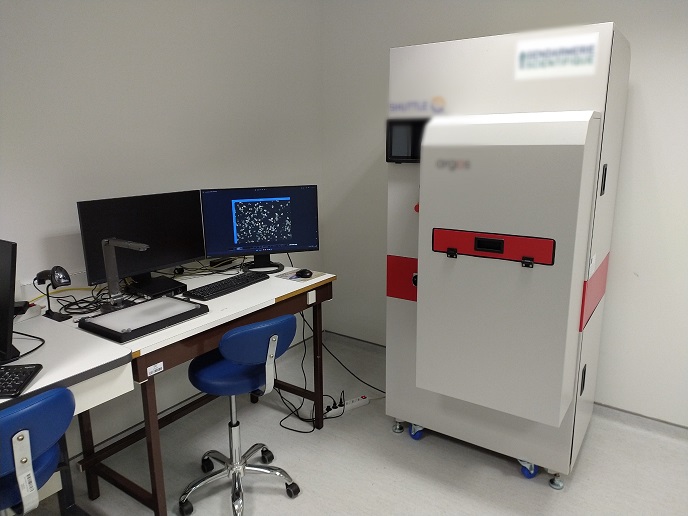Fighting against crime in the labs
Today, microtrace evidence investigations face several limitations(opens in new window). Firstly, the current analysis techniques are highly subjective and require a high level of expertise. Secondly, they are time consuming and expensive. This ultimately impacts on the number of cases in which analyses can be carried out. Grégory Briche, the EU-funded SHUTTLE(opens in new window) project coordinator explains further: “We use tape lifts to collect many traces (fibre, shard, blood, etc.) and the forensic expert must scan the tape to determine the relevant trace, which is time consuming. Experts then have to extract the relevant trace, knowing the possibility of trace damage while doing so. Only relevant traces are subjected to further analysis and there is always the risk of missing an interesting trace.” The SHUTTLE project set out to address these issues and develop a toolkit which facilitates microtrace analyses collected from crime scenes.
The SHUTTLE toolkit
“The toolkit combines five tools which will help to solve the current difficulties. Each of them, as well as their fluent interaction, is required for optimal operation,” outlines Briche. One of the tools is a microscopic grade tape that can be directly used with the toolkit. The SHUTTLE toolkit has ‘eyes’ in the form of an automated microscope. “It will acquire images of traces, do spectrometric colour analysis as well as a number of illumination modes, e.g. polarisation and UV illumination,” adds Briche. Algorithms for image processing are the ‘brain’ of the toolkit. This allows more accurate classification of the identified traces. “It includes a table of parameter vectors for every trace such as coordinates on the tape, colour, polarisation characteristics, morphology and class such as blood, fibre, glass,” confirms Briche. A database and search algorithms are the ‘memory’ of the toolkit. “The database will contain raw data acquired by the microscope and the algorithms. It is made in such a way that the data acquired can be correlated with data acquired by other techniques,” adds Briche. Pattern recognition procedures are also part of the toolkit. “The search algorithms check for similar samples in the database. This is used to calculate the evidential value of a result,” Briche says.
In pursuit of Locard's principle
To develop the toolkit, the project launched a call for tender(opens in new window) to select potential service suppliers capable of helping with its realisation. “We now have a toolkit, but it could be improved for various reasons,” confirms Briche. Advances include developing recognition tools. “They are still a bit far from what we wanted. And some modes of observation are not satisfactory,” adds Briche.
Moving forward, the project continues to refine its efforts.
“The trace of transfer, in the spirit of the Locard’s principle(opens in new window), is essential in the resolution of important criminal cases,” concludes Briche. The realisation of a fully integrated toolkit that can both save time and reduce investigator fatigue, while delivering accurate results, is the ultimate goal.







